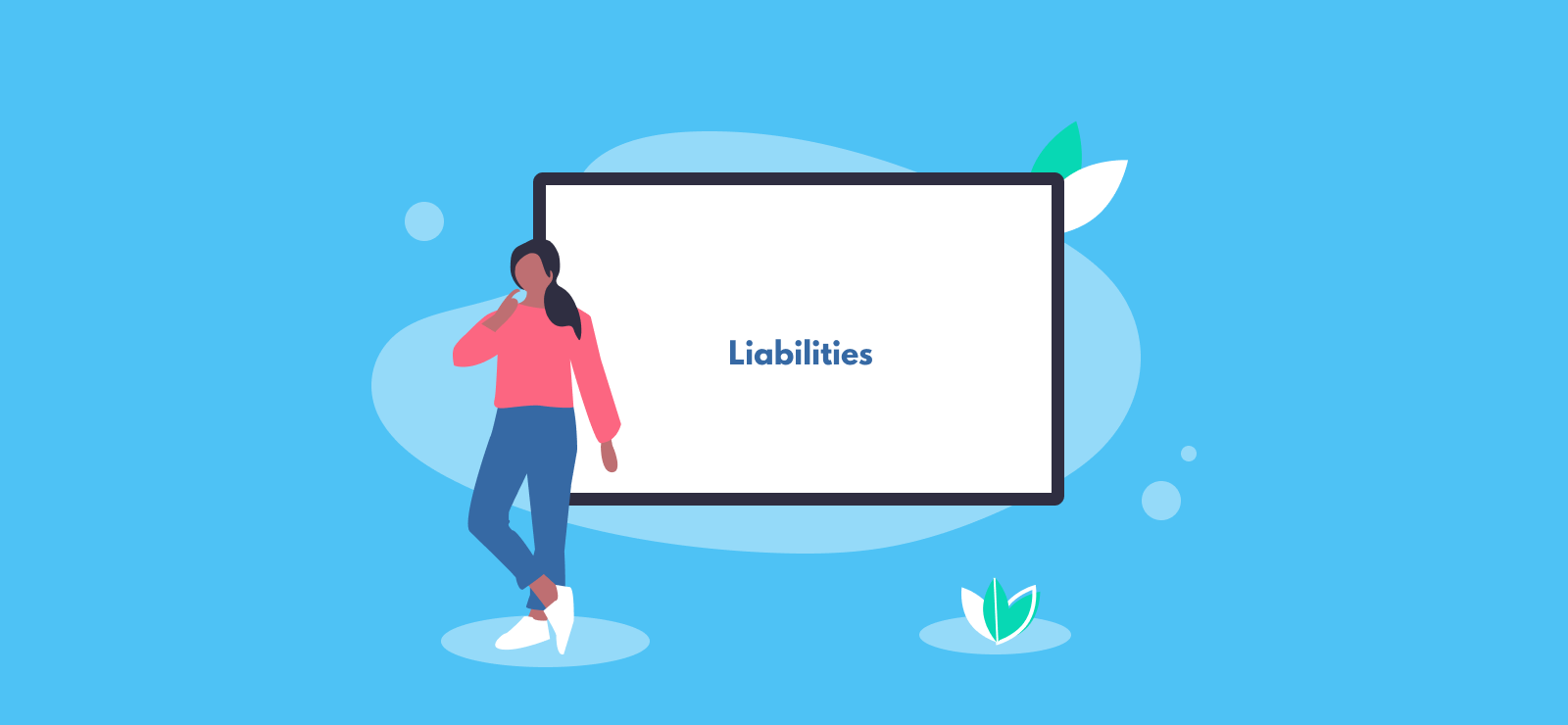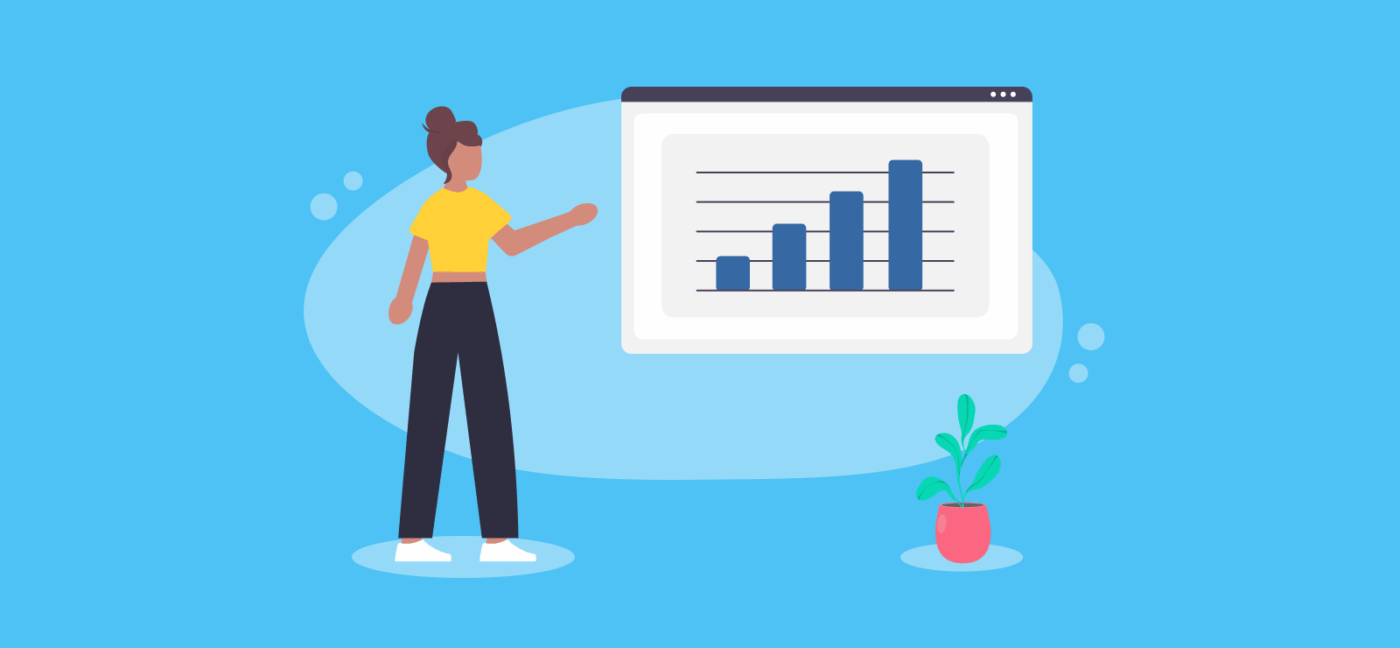

Accounting FAQs: What is a Liability?
Running a business can be confusing at times, and especially if there’s lots of new accounting jargon that you’re not used to. Our ongoing series of accountancy FAQ articles helps small business owners understand the accounts terminology they encounter.
In this article we explain exactly what liabilities are, how they relate to assets and expenses, and what the different types mean. The chart below describes how accounting for liabilities feeds into your wider financial reporting.
What is a liability in accounting?
As far as your business is concerned, a liability is something which it owes. These amounts are typically settled over time, or are recurring, rather than paid for upfront as you would with an expense. Examples of liabilities include:
- Loan repayments
- Mortgages
- Supplier payments
- Taxes
The idea of having liabilities, and therefore owing money, might be daunting for a business but it’s not necessarily a bad thing. Most businesses have liabilities and they are usually a result of necessary growth. For instance, buying new equipment on credit creates financial liabilities in the business, but it also means you have the tools you need to run the business and make it a success.
It’s having too much liability that can cause problems. As a business owner it’s important that you use your financial reports to keep track of what you owe to ensure liabilities are manageable.
What is the difference between an asset and a liability?
In basic terms, assets are what’s in your pocket and liabilities are what comes out of it.
You’ll see them shown next to each other on the business’s balance sheet, which shows a snapshot of what the business owes, and what it owns. The difference between the two is called equity. It’s the value of the assets once the liabilities have been deducted.
What is the difference between an expense and a liability?
If a liability is money you owe, then why isn’t it just an expense? Well, when a business incurs any sort of cost, it’s a liability until it’s paid.
For instance, your utility bills are an expense and a liability in the bookkeeping. When you pay for the bill, the bank balance reduces and settles the liability.
Are there different types of liability?
Yes, liabilities can be categorised as either ‘current’ or ‘non-current’ liabilities.
What are current liabilities?
Current liabilities are your business’ short-term obligations. This usually means money you owe within one year. For example, if you purchase materials from a supplier, you may not have to pay straight away but payment will still be expected soon.
What are non-current liabilities?
Non-current liabilities, also known as long-term liabilities, are obligations that aren’t due for a year.
Some examples of long-term liabilities include long-term loans or mortgages. If you have taken out a business loan with a five-year repayment term, this will be classed a non-current liability.
How do I record liabilities in my bookkeeping?
If you purchase something but don’t pay straight away, you will usually need to record the liability using the double-entry bookkeeping method. This lets you record debit and credit entries.
An example of liabilities in bookkeeping
If you take out a loan, when you draw down the amount it increases the amount of money you have in the bank. This shows as an increase in your bank account, which is an asset. You would debit the asset account to show this.
Then, because it’s a loan which you must repay, you would record the loan as a credit to increase the balance of the liabilities account. Each instalment of loan repayment debits the liabilities account to show the liability on the loan decreasing.
And another example
If you receive an invoice from a supplier, it’s recorded as an entry in accounts payable. When you pay the bill, you debit accounts payable to decrease your liability balance.
Sound complicated? If you’re new to business, then learning the lingo can be useful, but you don’t have to wade through the jargon by yourself. A good accountant or bookkeeper will work with you to ensure your financial records are accurate.
You might also find that using accounting software (such as our very own Pandle!) makes the job even easier.
If you are looking for a new accountant who can help you record and track your liabilities, get an instant online quote or talk to one of the team on 020 3355 4047.
Want to learn more?
Subscribe to our newsletter to get accounting tips like this right to your inbox

Read more posts...

Company Name Registrations, Compared
5th January 2026The art of the company name. It’s a tough one to get right. Everyone wants to stand out, but developing the most…
Read More
Staff Spotlight: James McMahon, General Admin
2nd January 2026Give an overview of the duties, functions, and responsibilities of your job. Processing forms that have been sent in by clients, and…
Read More
December 2025 Client of the Month: Honesty For Your Skin
23rd December 2025This month we spoke to Cheryl, owner of Honesty For Your Skin. Honesty For Your Skin | Instagram Hey Cheryl! Tell…
Read MoreConfirm Transactions
The number of monthly transactions you have entered based on your turnover seem high. A transaction is one bookkeeping entry such as a sale, purchase, payment or receipt. Are you sure this is correct?
Please contact our sales team if you’re unsure
VAT Returns
It is unlikely you will need this service, unless you are voluntarily registered for VAT.
Are you sure this is correct?
Call us on 020 3355 4047 if you’re not sure.
Bookkeeping
You will receive our bookkeeping software Pandle for free, as part of your package.
You can use this to complete your own bookkeeping, or we can provide a quote to complete your bookkeeping for you.
Please select and option below:
Call us on 020 3355 4047 if you’re not sure.

